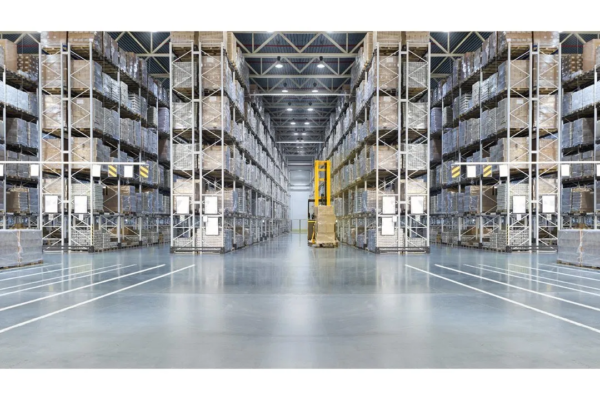
The need for efficient distribution and warehousing has never been greater with the growth of eCommerce and other online enterprises. More and more companies are outsourcing their storage requirements to third-party warehouses who also offer distribution services. The warehouses themselves are rising to the challenge of increased demand by implementing the same efficient digital technologies used in other industries. Data analytics and cloud computing are just two ways the distribution chain can be made more efficient and more reliable. Below are some of the ways the industry is adapting.
Reduced Storage
The digital age calls for greater efficiency in the supply chain and a reduction in shipping times, as consumers expect online orders to be supplied within a few days. This massively increases the pressure on distribution processes. Luckily, the industry has been able to adapt to the demand with new technology and some creative thinking. Now companies store the majority of their products in third party warehouses instead of shops and businesses; this allows for the faster distribution of goods and greater customer satisfaction.
Flexibility in Operations
Higher demand also means more room for error; even small inefficiencies in the distribution chain can affect the overall supply of goods and services, which is why more flexibility is needed. Data analytics and other cohesive technologies, such as cloud services, have been instrumental in improving the network’s efficiency and allowing some wriggle room. Due to the density of the operation, any improvement in efficiency is welcome as it not only enhances distribution times but increases reliability. In general, these new technologies have revolutionized the supply chain.
Smart Warehousing
Warehousing has become central to the distribution network for digital enterprises, increasing the need for companies like Pallex. But old-style warehousing is not enough to create the level of supply chain efficiency needed to meet the digital demand. The warehouse itself must also be linked into the digital network; this is done through cloud operations and cloud technologies, as well as regular data analytics, to ensure operations are efficient and operating at optimal standards. As these technologies improve, the Smart Warehouse is likely to become a thing of the future.
Blockchain Technology
Over the last few years, blockchain technology has become ever more prevalent, particularly within the distribution industry, as it offers excellent security value and efficient transactions. Distributions and logistics will continue to ride this wave of change and continue to innovate along with the projected advances in blockchain technology. Expect fully trackable and transparent inventories as standard in the coming years.
Tailor-made Software
The distribution industry is not immune to the customization revolution happening in almost every digital sector. The idea of tailoring a solution to suit a particular client or company is the best way to reduce inefficiencies in the system and minimize barriers. Customers and clients alike are given options that best optimize the service to their business requirements. At all levels, and at all points of the distribution chain, software is optimized to improve the quality of service to clients and end-users. Long may it continue.





